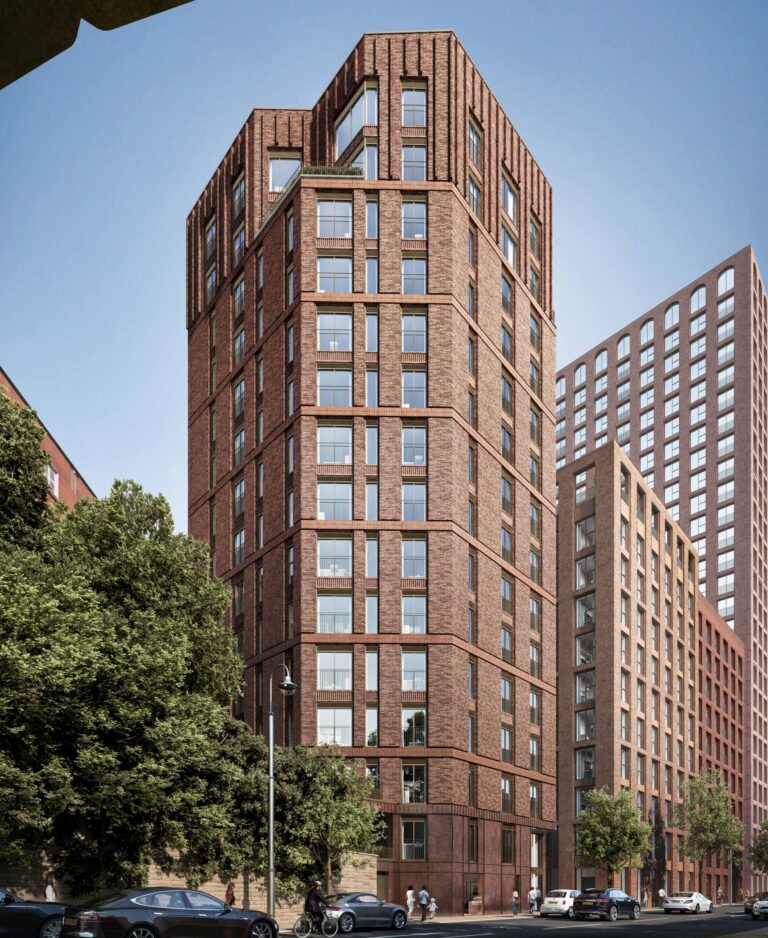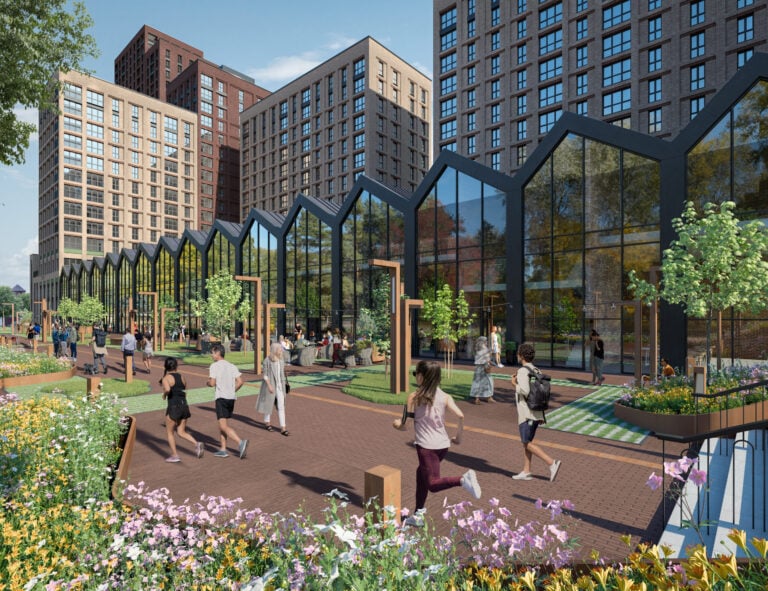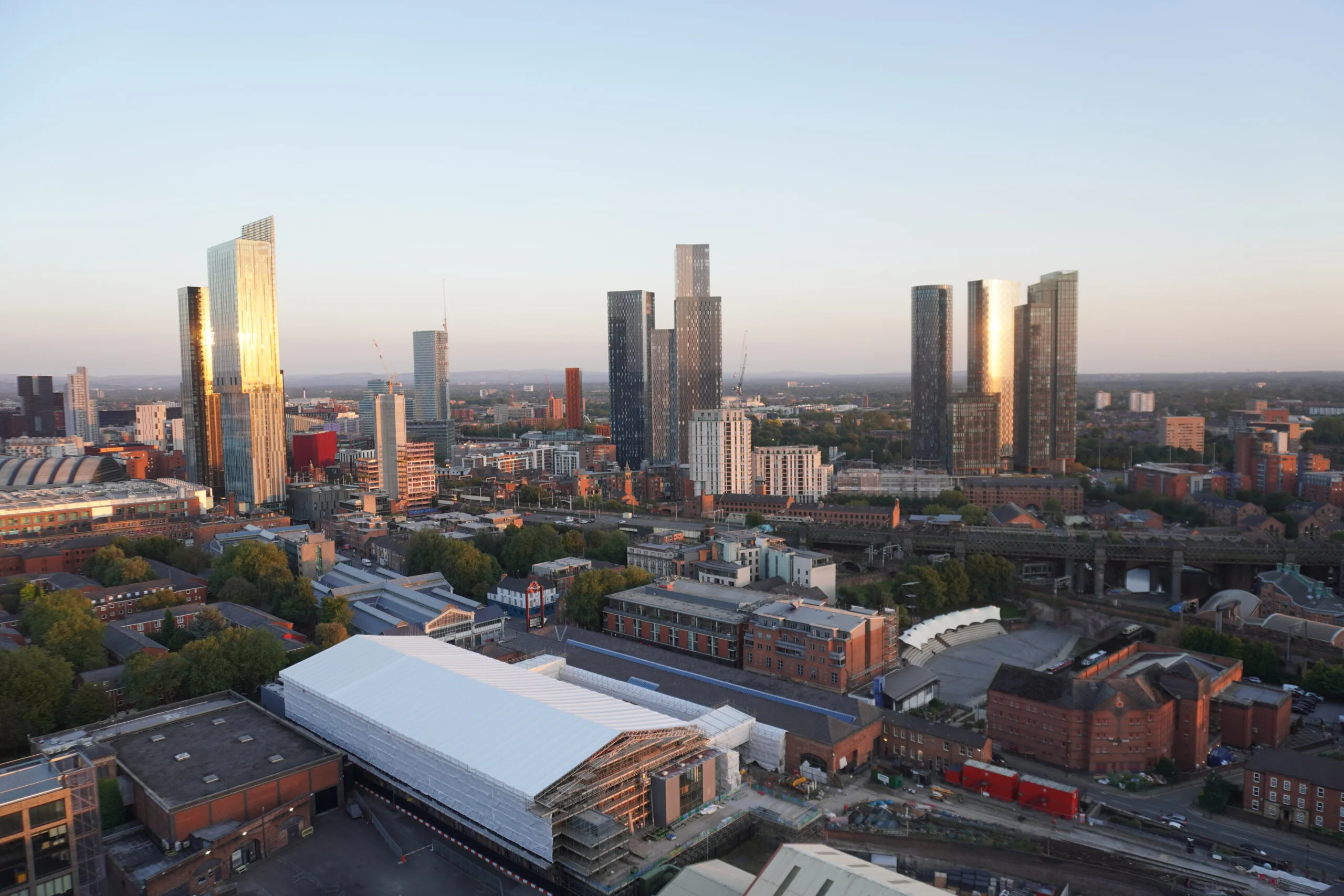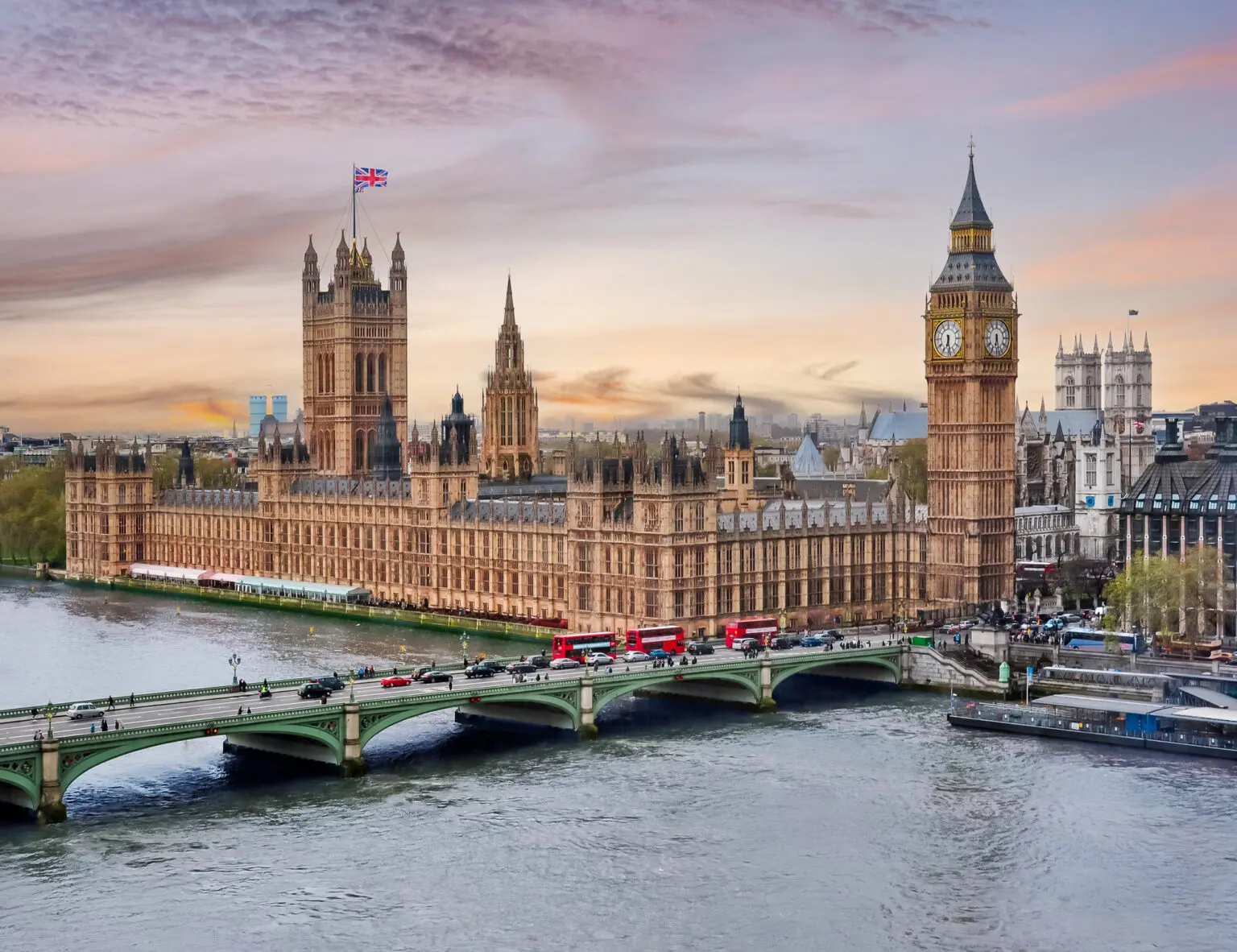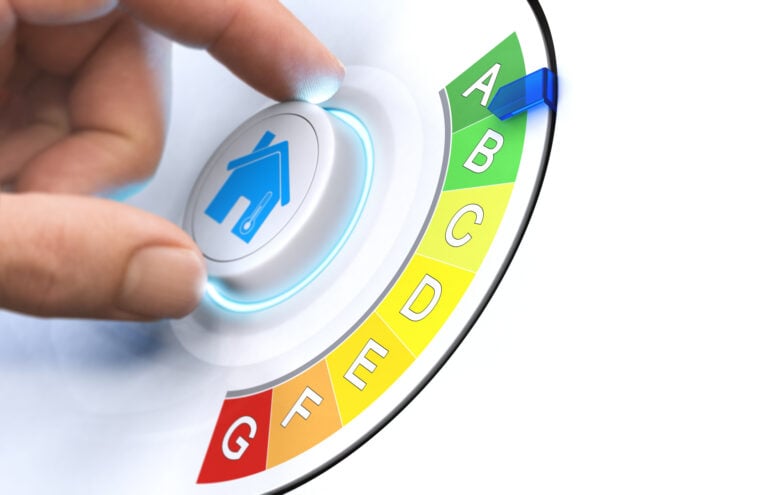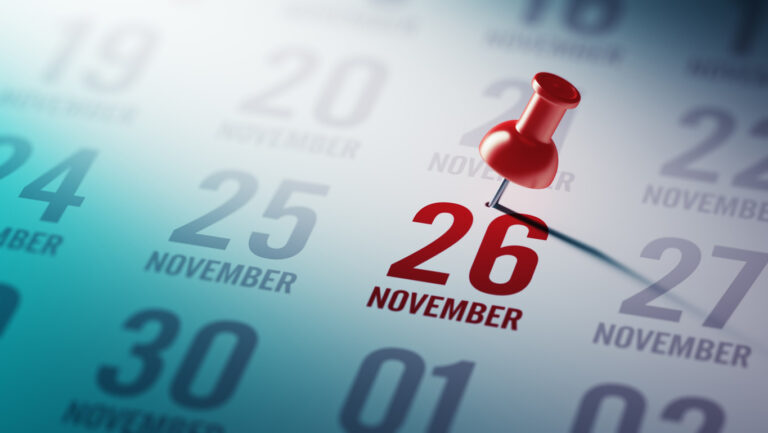With just over two weeks until the new stamp duty thresholds kick in, should buyers consider cashback mortgages to help foot the bill?
From 1st April, any property purchase made by an existing buyer above £125,000 will be subject to stamp duty land tax (SDLT), starting at 2% of the cost between £125,001 and £250,000.
This replaces the current zero-rate threshold set at £250,000, below which buyers have not had to pay the tax unless they are investing in a property in addition to their main residence or buying from overseas.
For first-time buyers, the threshold will be reduced from £425,000 to £300,000, with 5% stamp duty due on the cost between £300,001 and £500,000. For homes above this price, first-time buyer relief does not apply.
While the UK housing market remains buoyant in spite of the tax change, some buyers will be looking at ways of reducing their costs. For example, they may be more likely to opt for fee-free mortgages, even at slightly higher interest rates, in order to reduce their lump sum payments.
Mortgage approvals have surged since the change was confirmed, as buyers have raced to bear the stamp duty changes, and the next two weeks is expected to see frenetic activity as purchases are pushed over the line before the deadline.
One part of the lending landscape that has come under the spotlight in light of the tax change is cashback mortgages, with one lender hitting the headlines this week after offering a particularly high cashback mortgage offer.
Cashback mortgages explained
A cashback mortgage, as the name suggests, offers the borrow a lump some of money ‘back’ after they take out a mortgage product. Some of these products are offered alongside certain stipulations: for example, for first-time buyers only, or for those purchasing energy efficient homes as a ‘green mortgage‘ offer.
The amount of cashback available depends on which deal you go for, and can also be linked to the amount of borrowing you are taking out. They can be a welcome boost for buyers, who might use the payment to get themselves set up in their new home, or towards moving costs.
One thing for buyers to look out for is whether the cashback mortgage comes with a higher interest rate than one that doesn’t offer cashback – and in most cases, it does.
While this may still be preferable for some buyers, it is worth calculating the total cost difference. You can do this by requesting the lender to provide you with the annual percentage rate of charge (APRC), and comparing it to other options.
What’s on offer?
The amount of cashback you might get will vary, but the average is up to £1,000, according to uswitch. However, earlier this week Nottingham Building Society released two new fixed rates with high £2,500 and £5,000 cashback offers for those buying properties worth £250,000 or more – meaning homes that will fall within the new stamp duty threshold.
One deal is for 75% loan to value (LTV) and has a rate of 5.28% with £2,500 cashback. The other is available at 90% LTV – ideal for those with low deposits – priced at 6.15% and offers £5,000 cashback.
The society pointed out that, after the stamp duty changes, first-time buyers could be paying more than £5,000 in stamp duty, while movers could see their bills increase by £2,500 – so the cashback mortgage offer could go some way to offsetting the extra cost.
Matt Kingston, sales director at Nottingham Building Society, said: “We believe these changes should not deter people from achieving their homeownership ambitions. Our new cashback mortgage products are designed to provide practical financial support at a time when it’s needed most.”
With the stamp duty change right around the corner, and lenders continuing to up the ante when competing for customers, more lenders could follow suit with offers to entice borrowers through 2025.


